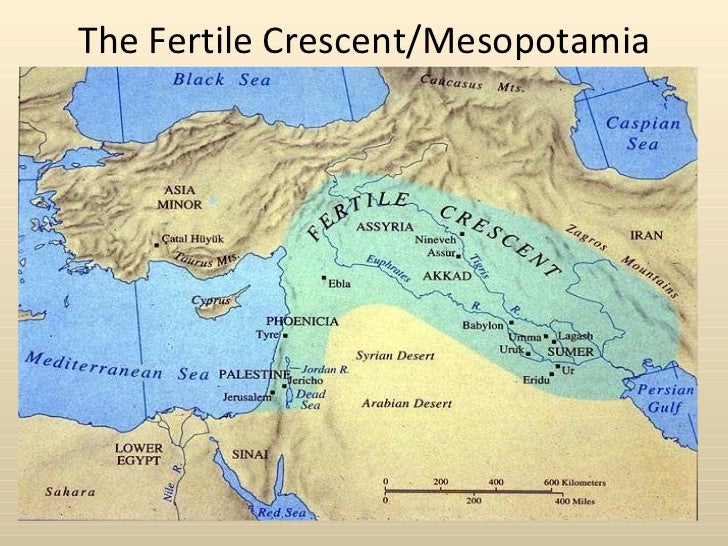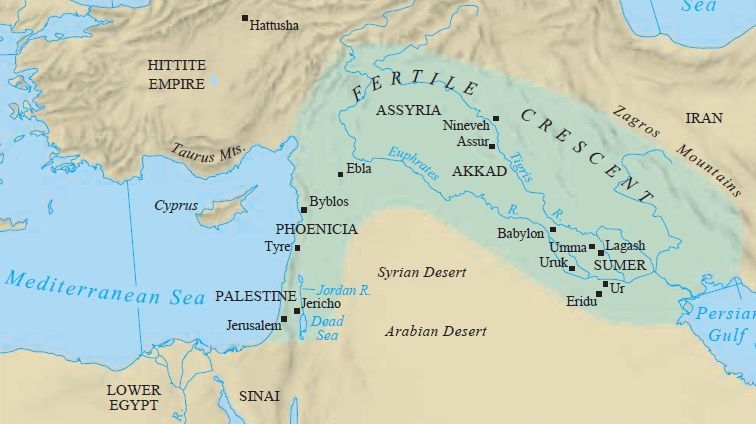Review week 1- We ended last week with the Tower of Babel
Bible verse by memory 🙂
Quiz I
We know that mankind did not crawl out of a cave

and we know that we didn’t come from monkeys man!

AMEN!
The amazing cities and structures that have been discovered by archaeologists tell of the fact that man used his God-given abilities to create these things.
Wrap it up!- go over video (Epic of Gilgamesh) too!
Creation ends with the consequences of sin (the flood). Our videos told us that studying history cannot start anywhere else then with Satan- he is behind every lie, rebellion,disobedience, and chaos. This lead to Babel, which we learned Satan was the king of…. which then lead to God’s punishment- many languages and scattering.
From biblical evidence and the work of archaeologists we know that the Garden of Eden was located in a part of ancient western Asia known as the Fertile Crescent

This land includes parts of modern day Israel, Jordan, Lebanon, Syria, Turkey, and Iraq.
Because the Fertile Crescent was home to the earth’s earliest people, it is known as the Cradle of Civilization.
This was the region of these ten ancient cultures:
Sumerian, Akkadian, Babylonian, Hittite, Phoenician, Hebrew, Assyrian, Chaldean, Median, and Persian- the people of these cultures all made important contributions to world history.
Tigris and Euphrates
These 2 important rivers are from the beginning of history.
They start as streams from rain and melting snow up at the top of Mt. Ararat.
As they travel down the mountain they pick up large amount of rich soil from the mountainside and deposit it on the plains below.
Yearly this plain is inundated with water and silt from above, which made this Babylonian plain the most fertile in the ancient world.

Mesopotamia

The Greeks named Mesopotamia which means “between the rivers”
Modern day Iraq is said to be where the eastern portion of the Fertile Crescent between the Tigris and Euphrates rivers was located
This is also known as the Babylonian plain and the Plain of Shinar (Gen. 11:2)
The land is very dry, with only about 6 inches of rain each year
Sumer

Sumer also known as Chaldea
Sumer was located around the lower Tigris and Euphrates Rivers
It was located in the general region of Mesopotamia
This civilization dates about 3500 B.C.- 3000 B.C.
City-States

As the Sumerian villages grew into large cities, they formed city-states.
This is where a city government would rule the city as well as the land around it.
Farmland was outside the walls, but people would retreat to the city when invaders came.
Each city-state had its own ruler and an army
The ruler was like a king or governor, and often the high priest of their religion as well.
There were many city-states throughout Sumer.
Largest and most important city in Sumer was Ur.

Sumerians were religious people. They departed from monotheisim (a belief in one God) and began to believe and create gods from nature. They became polytheists (belief in many gods.) Each city-state also had its own god.
Ur’s, god was Nanna (the moon god)
Important Inventions and Technology
Most people in Sumer were farmers.
Some were skilled workers who invented irrigation for farming
Sumerians contributions to civilization was their many inventions.
Sumerians also developed sea trade.
All of these things were important for the development of human civilization.
They also had an interest in science including astronomy and the movement of the moon and the stars. They used this information to make a more accurate calendar.
We will learn more about that next week 🙂